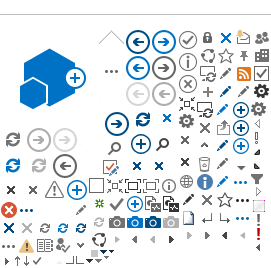The study investigates the influence of a dietary intervention including nutritional counseling on the inflammatory cytokine pattern, as well as clinical disease activity and quality of life in psoriasis patients with loss of efficacy of biologic therapy.
Previous data show a clear association between free fatty acid concentrations and the manifestation of psoriasis. It has not yet been investigated whether a reduction in free fatty acid concentrations can mitigate the loss of efficacy of biologic therapy in psoriatic patients. We aim to determine whether a dietary intervention including nutritional counseling influences the loss of efficacy of biologic therapy in psoriatic patients.
Furthermore, we aim to investigate the association between psoriasis disease activity and serum concentrations of adipokines (e.g., vaspin, chemerin), cytokines, lipids, and fatty acids during a dietary intervention including nutritional counseling. The examination of two skin biopsies is intended to provide further information about the effects of the dietary intervention and, if necessary, identify new therapeutic approaches.
